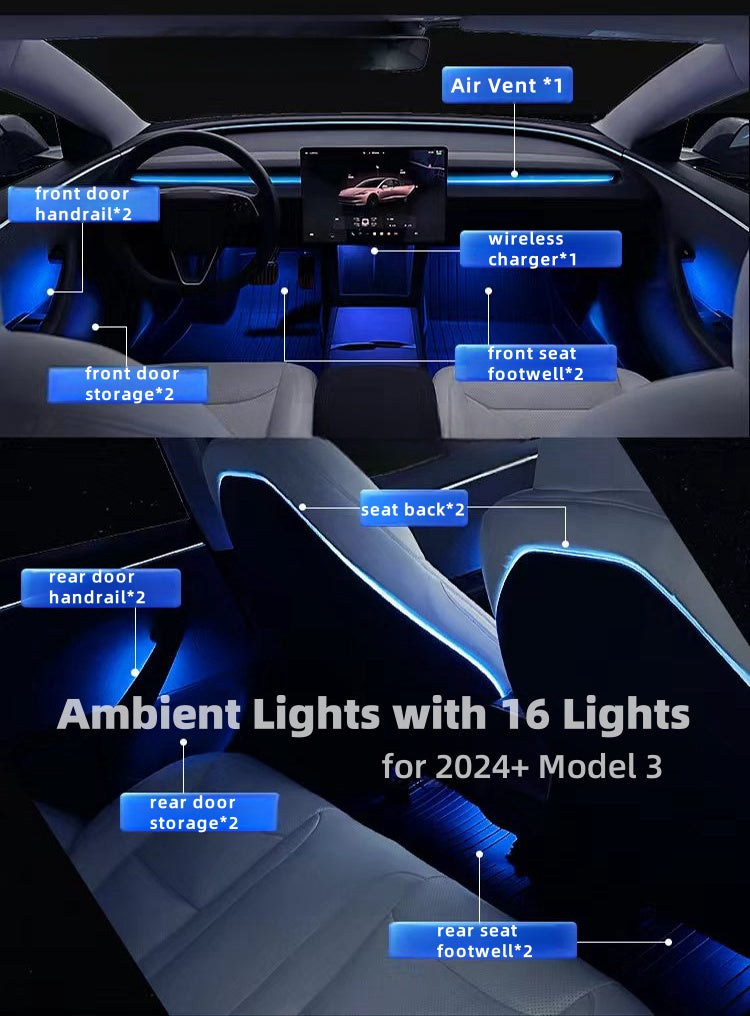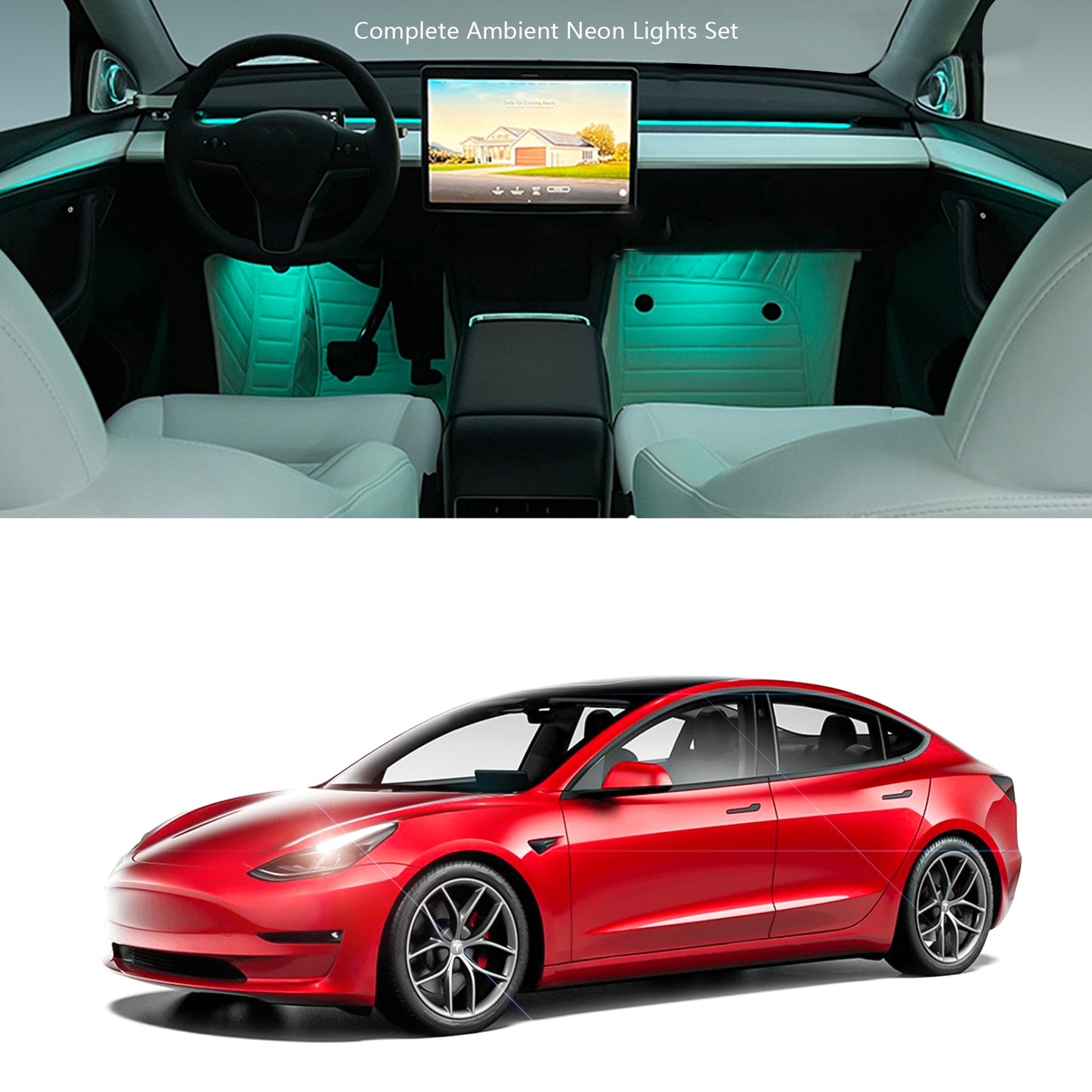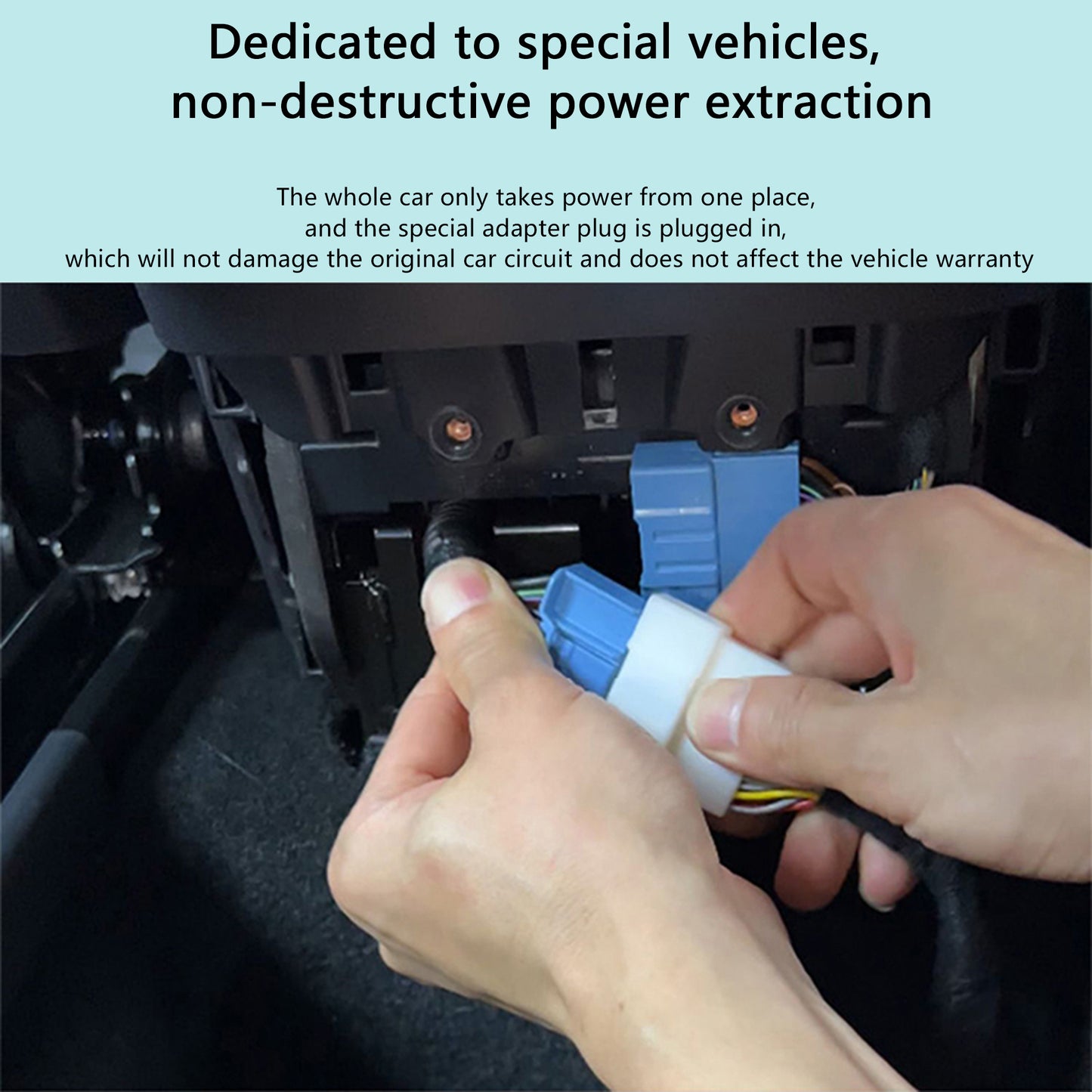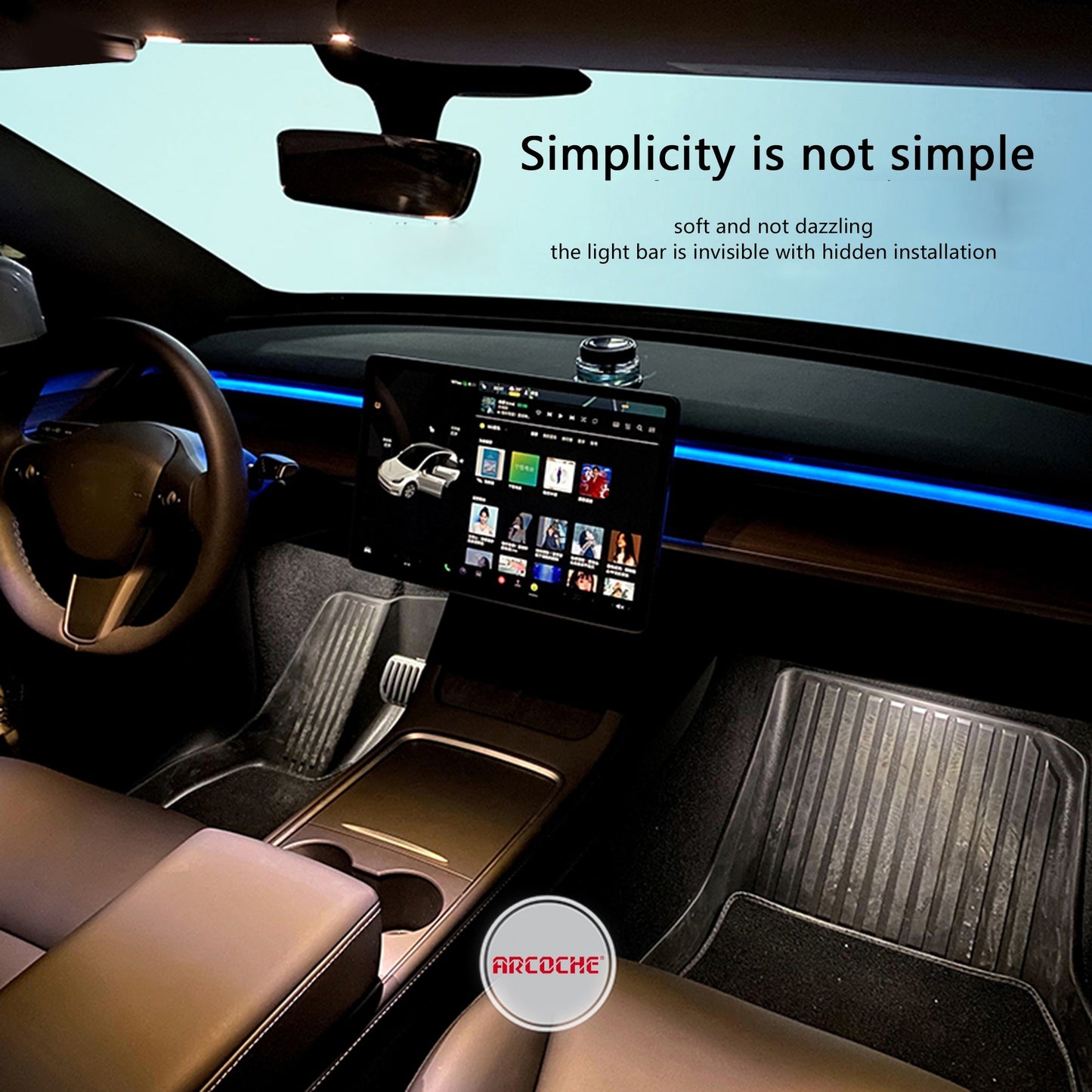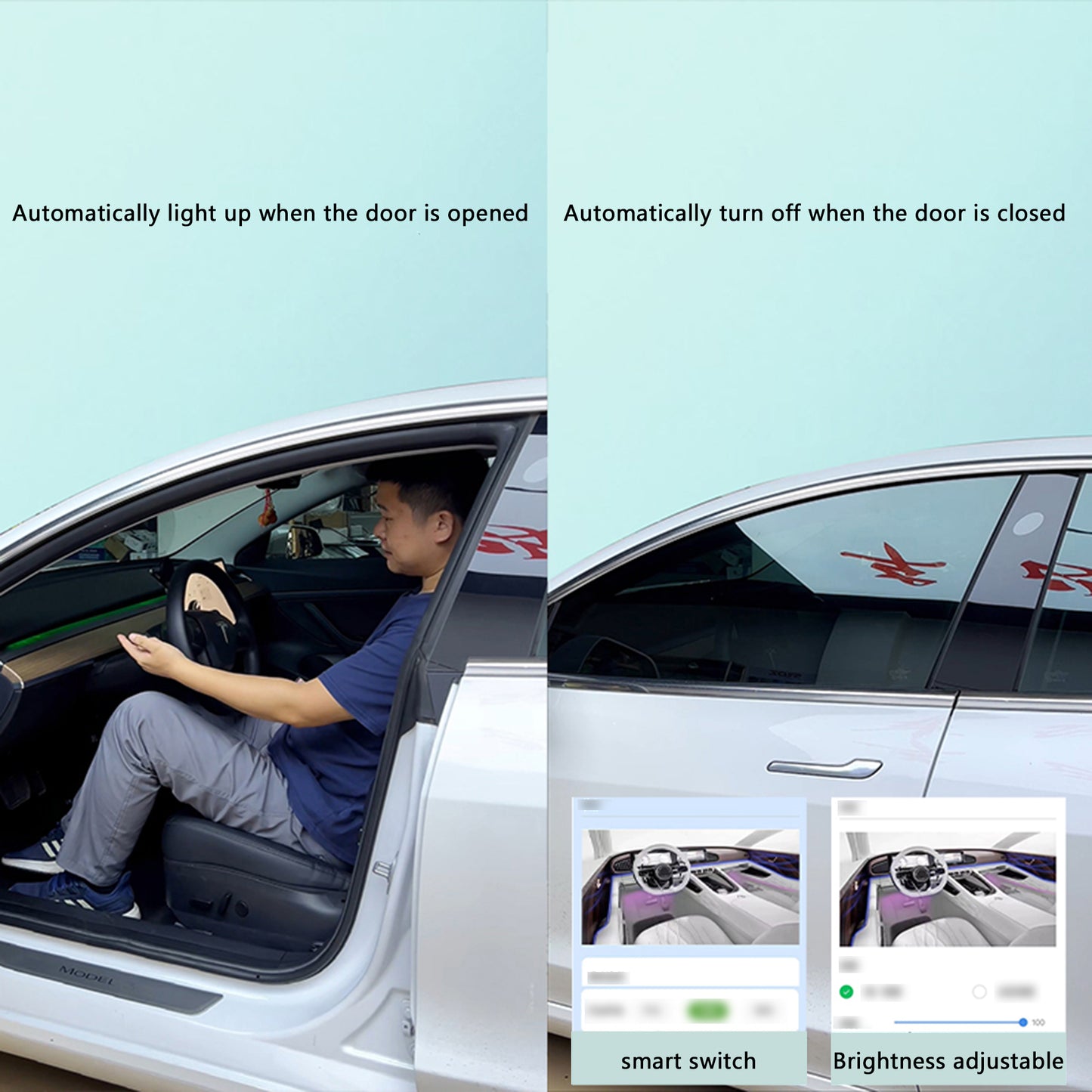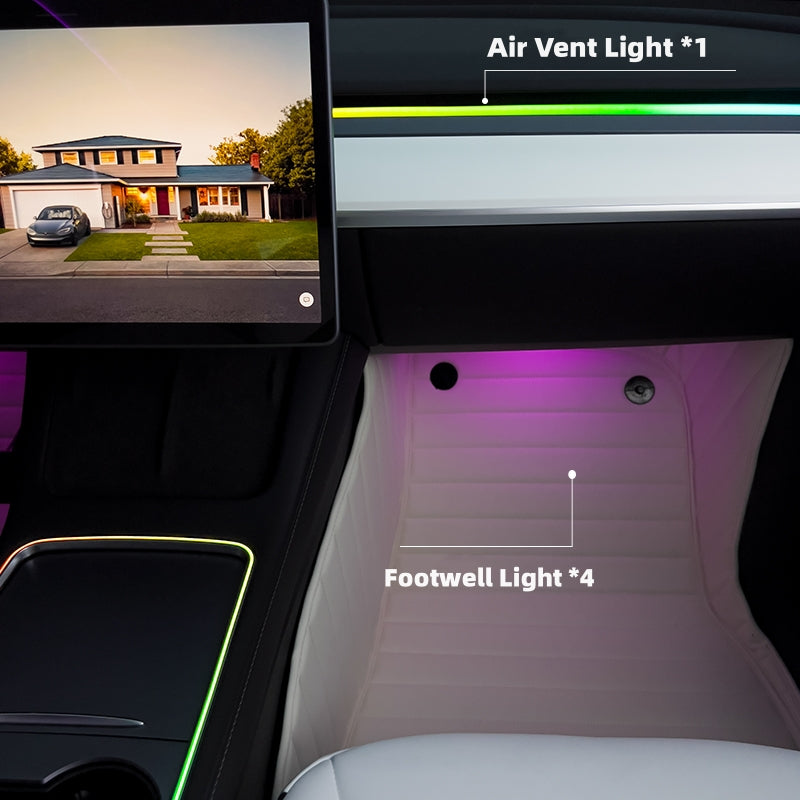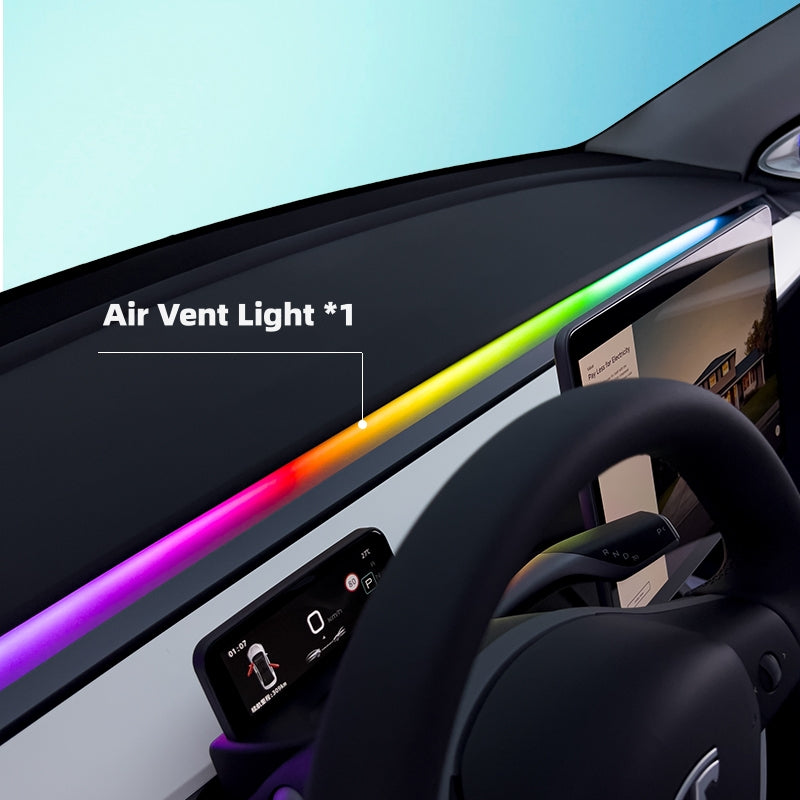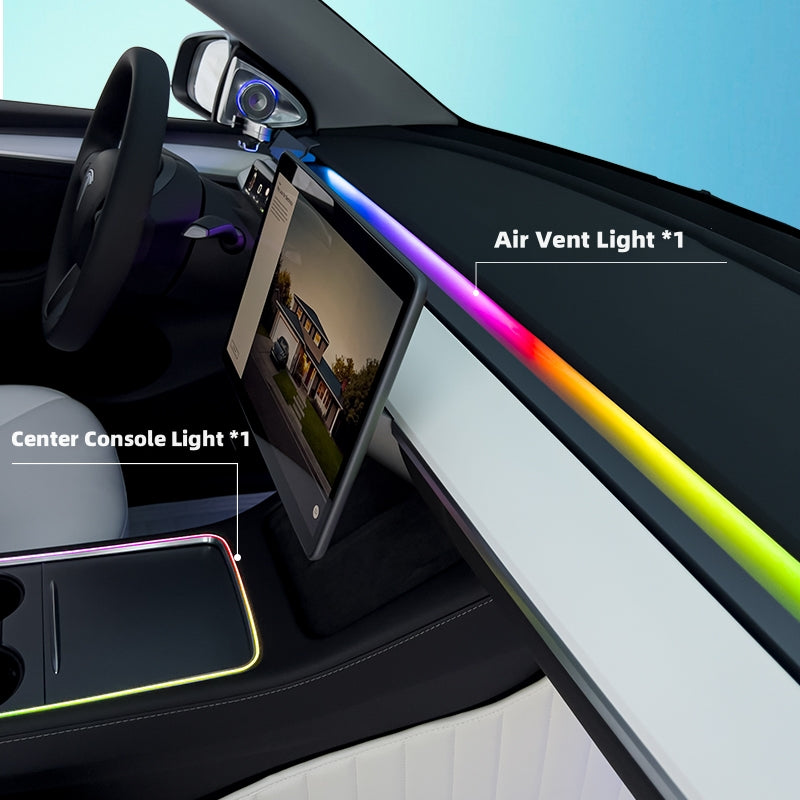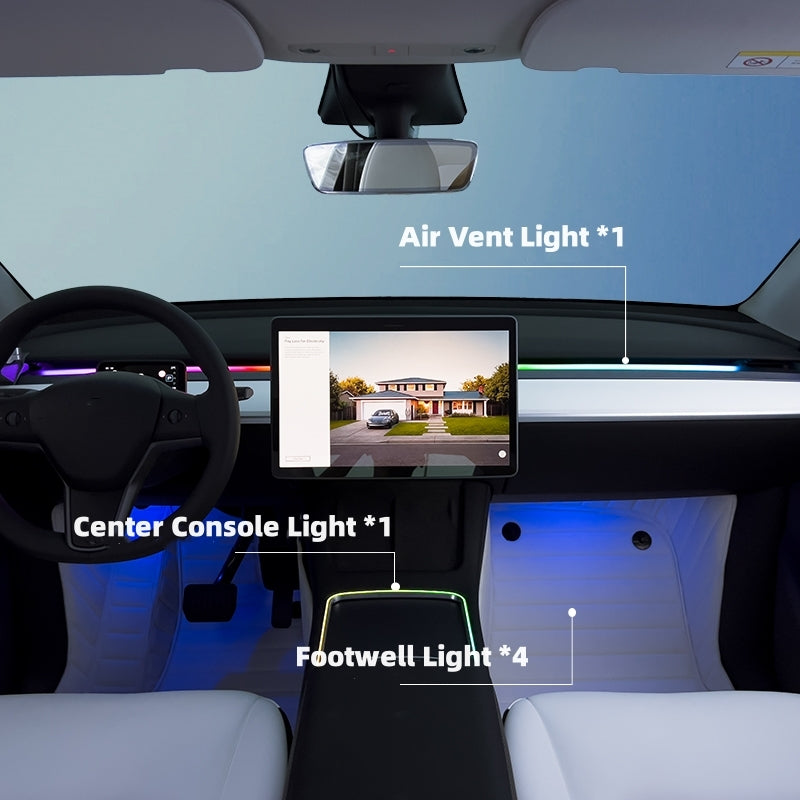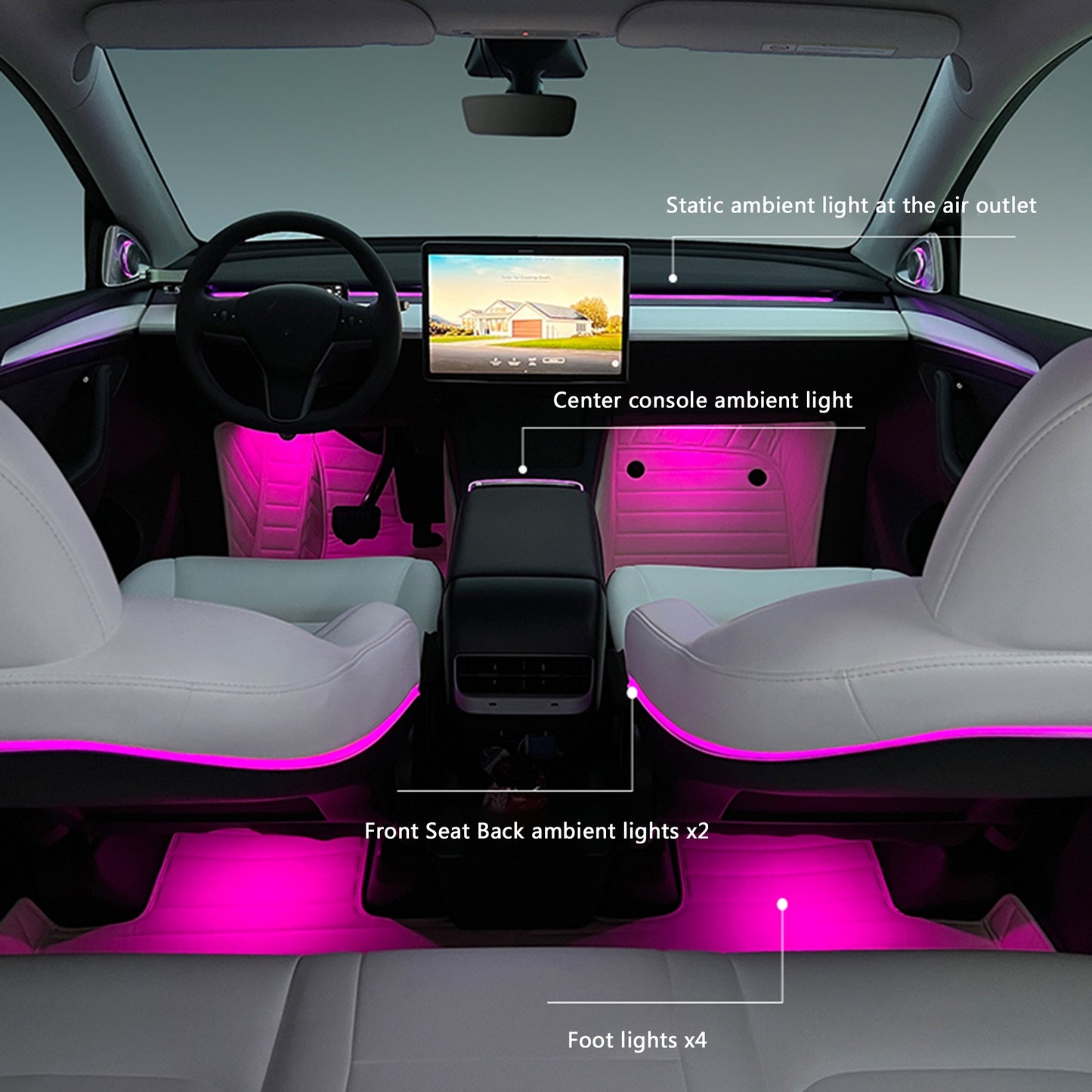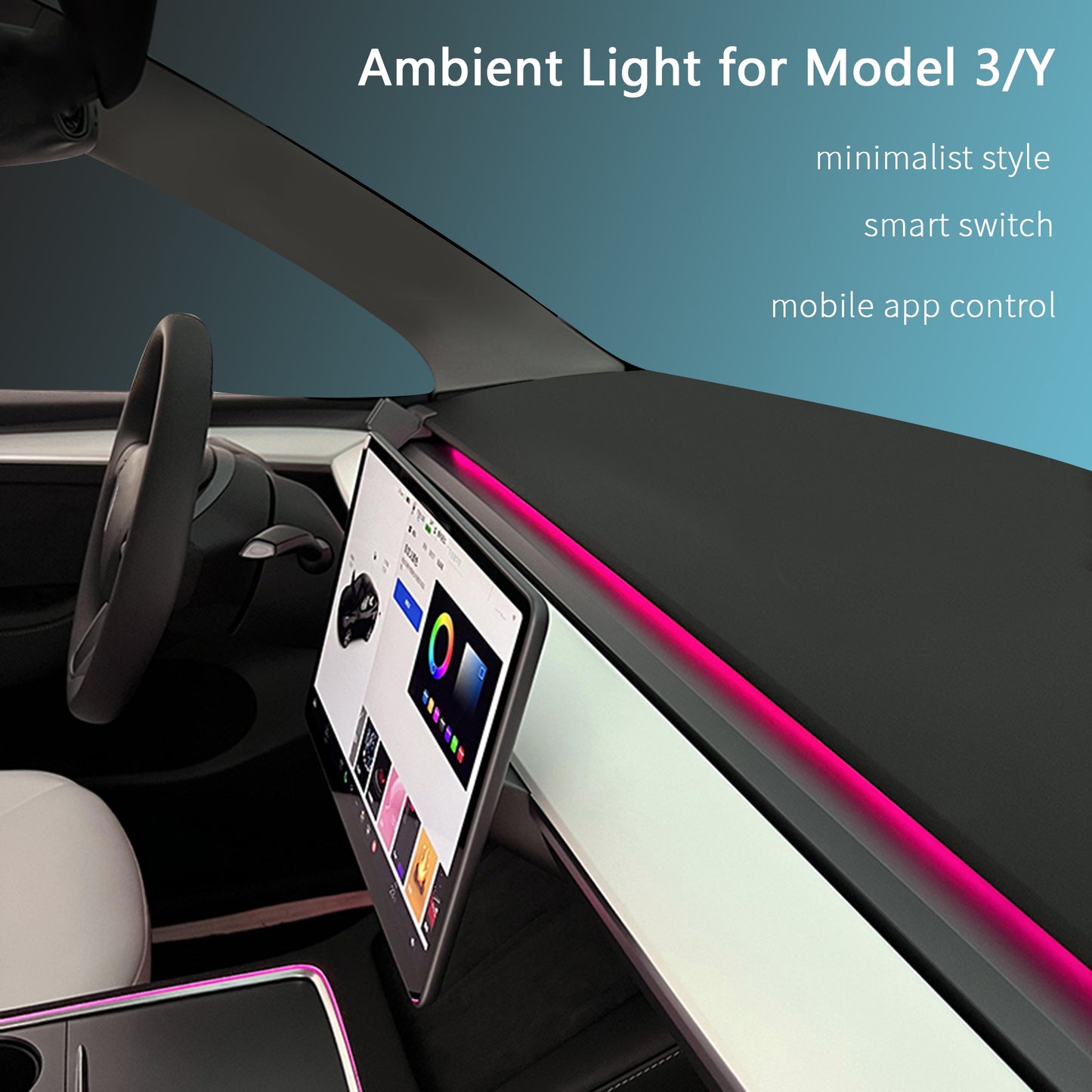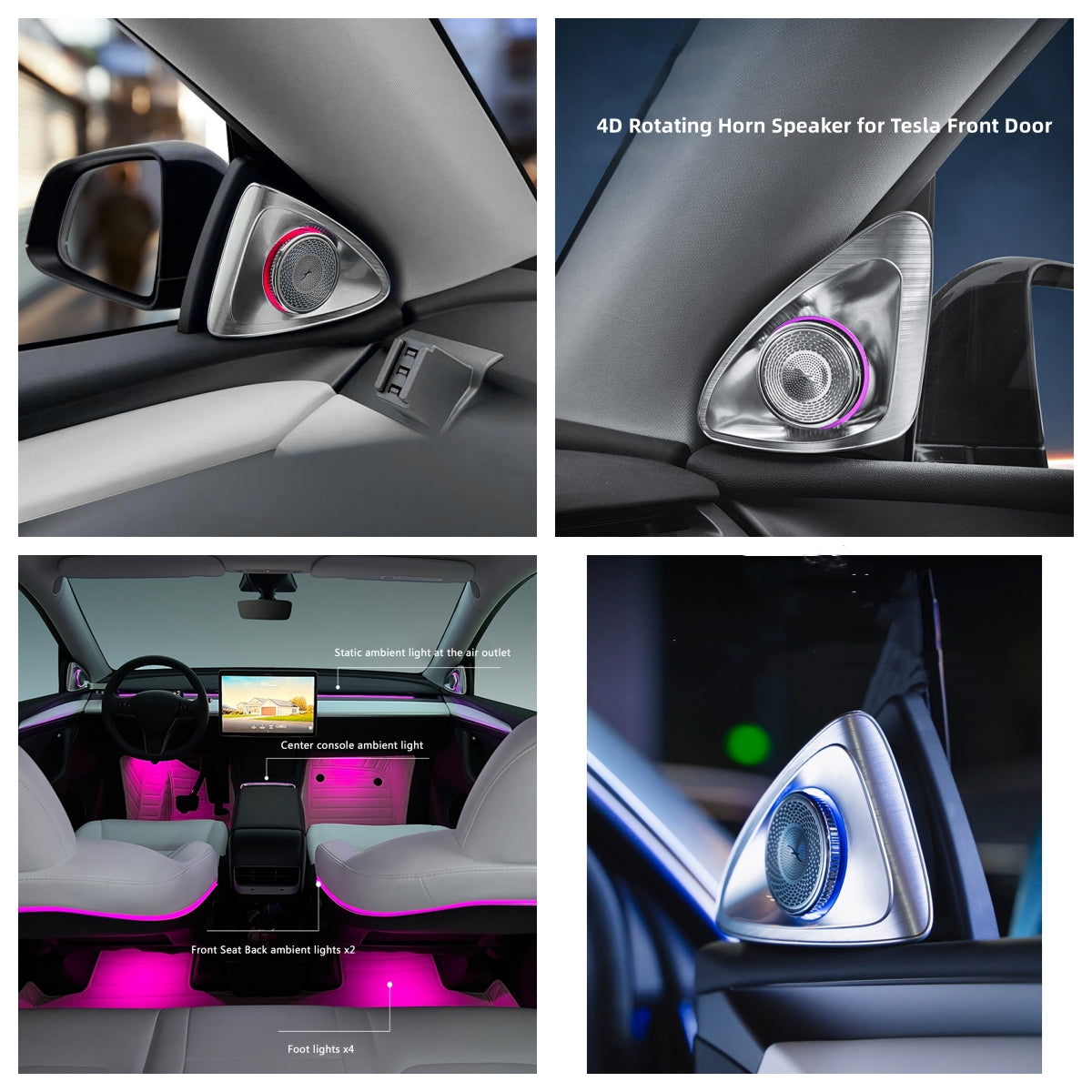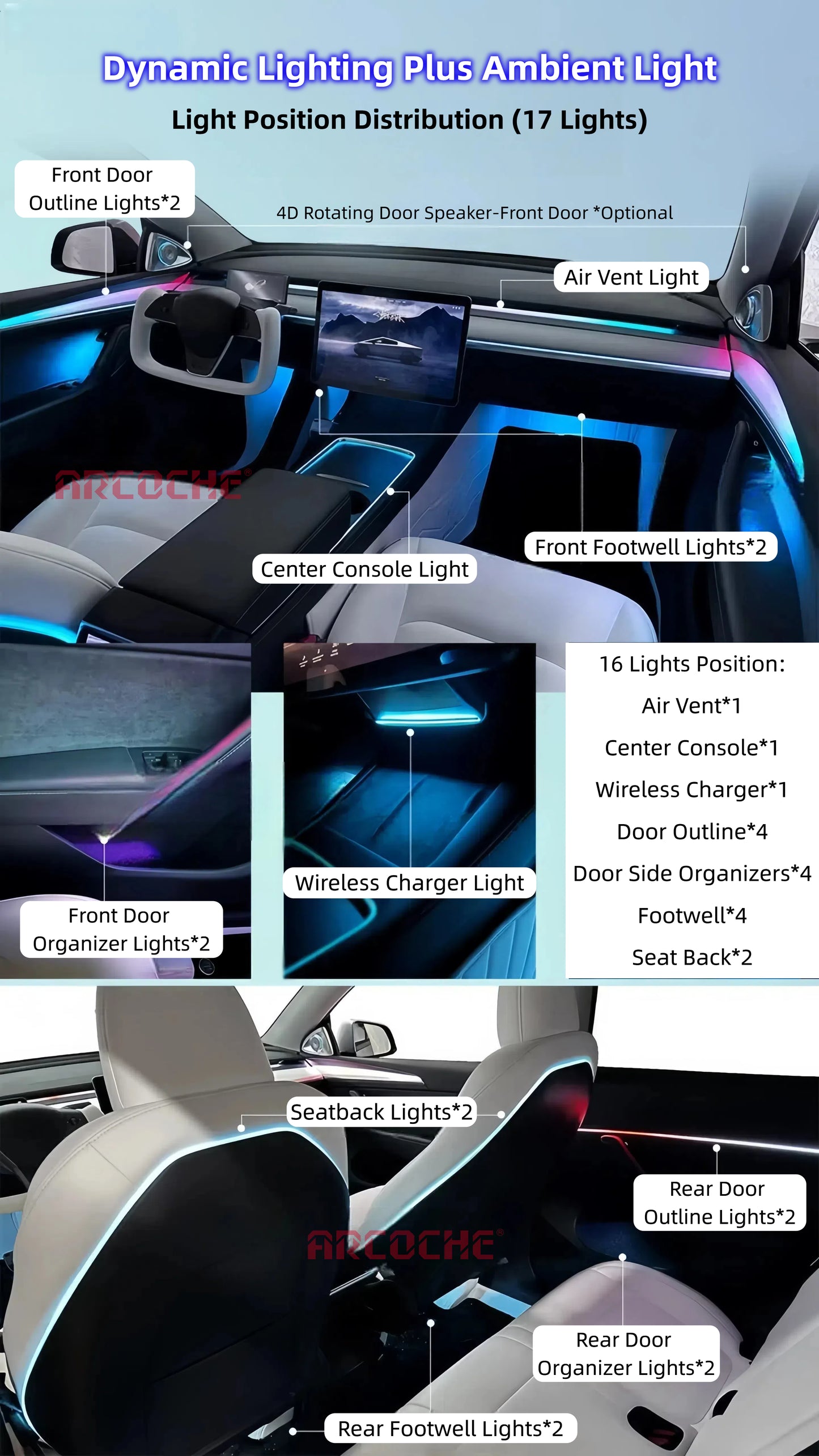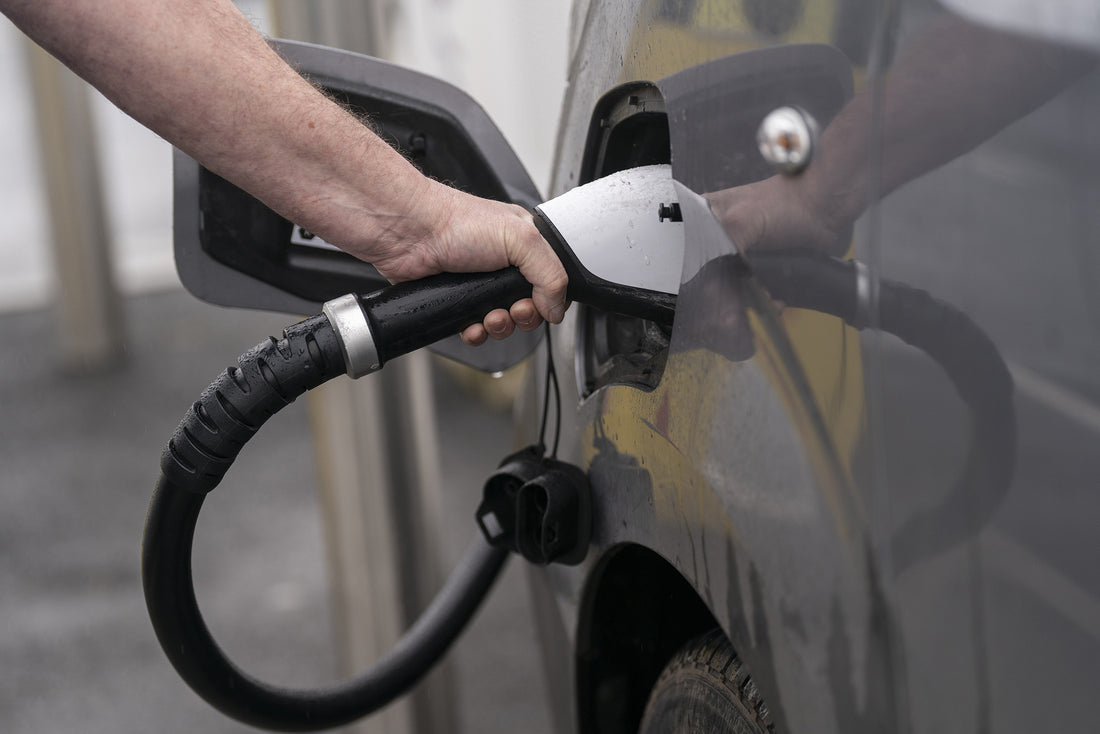
2025 Leitfaden zum Laden Ihres EV unterwegs
Ihr ultimativer Leitfaden mit allem, was Sie über das Laden Ihres Elektroautos im Jahr 2025 wissen müssen.
Das Aufladen eines Elektroautos unterscheidet sich erheblich vom Tanken eines Benzin- oder Dieselfahrzeugs. Zunächst einmal können Sie es zu Hause tun, und obwohl sich die Ladegeschwindigkeiten in den letzten Jahren deutlich verbessert haben, dauert das Aufladen einer Batterie immer noch länger als das Befüllen eines Kraftstofftanks. Darüber hinaus kann das Aufladen oft teurer sein, insbesondere an öffentlichen Ladestationen.
Wenn Sie sich noch nicht mit Elektrofahrzeugen (EVs) auskennen, kann der Ladevorgang etwas entmutigend wirken. Verschiedene Autos laden mit unterschiedlicher Geschwindigkeit, und auch die Geschwindigkeit der Ladestationen kann unterschiedlich sein, ebenso wie ihre Preise. Sie müssen auch Abonnementoptionen in Betracht ziehen, die das Laden erschwinglicher machen können, sowie den Einfluss von kaltem Wetter auf die Ladezeiten.
Damit Sie das Laden von Elektroautos besser verstehen, haben wir unten einen umfassenden Abschnitt mit Fragen und Antworten zusammengestellt. Diese Informationen sind zwar auf den britischen Markt zugeschnitten, können aber auch für Elektroautos und Ladegeräte in anderen Ländern relevant sein.
Es ist wichtig, die Grundlagen des Ladens von Elektrofahrzeugen zu verstehen. Dieses Wissen hilft Ihnen, beim Kauf Ihres ersten Elektroautos fundierte Entscheidungen zu treffen, sodass Sie sich nicht von unbekannten Begriffen wie Laderate, Systemspannung und Batterieeffizienz überfordert fühlen.
Werden alle Elektroautos zum gleichen Tarif aufgeladen?
Nein, es kann erhebliche Unterschiede bei der Ladegeschwindigkeit von Elektrofahrzeugen geben. Die Ladegeschwindigkeit wird normalerweise in Kilowatt (kW) gemessen. Die am schnellsten aufladbaren Elektrofahrzeuge können ihre Batterien mit einer Geschwindigkeit von über 300 kW aufladen, während langsamere Modelle normalerweise mit etwa 75 kW aufladen.
Viele moderne Elektrofahrzeuge haben eine maximale Ladeleistung zwischen 100 und 250 kW, diese Geschwindigkeiten können sie jedoch nur erreichen, wenn sie an ein ausreichend leistungsstarkes Ladegerät angeschlossen sind. Ultraschnelle öffentliche Ladegeräte werben oft mit ihren maximalen Ladeleistungen, wobei 150 kW und 175 kW zu den gängigsten Hochgeschwindigkeitsoptionen gehören.
Einige öffentliche Ladegeräte können mit bis zu 350 kW betrieben werden, wohingegen Heimladegeräte – oft als Wallbox-Ladegeräte bezeichnet – normalerweise Wechselstrom verwenden und zwischen 3 kW und 7 kW arbeiten. Dadurch eignen sie sich eher zum Laden über Nacht als zum schnellen Aufladen.
Welches Elektroauto hat die schnellste Ladezeit?

Ab Ende 2024 ist der Lotus Eletre das am schnellsten aufladbare Elektrofahrzeug in Großbritannien, das seine Batterie mit einer beeindruckenden Leistung von bis zu 350 kW aufladen kann – was zufälligerweise der Leistung des leistungsstärksten öffentlichen Ladegeräts entspricht. Auf dem zweiten Platz liegen der eng verwandte Audi e-tron GT und der Porsche Taycan, die mit rund 320 kW aufladen, gefolgt vom Audi e-tron Q6 mit 270 kW.
Dank dieser hohen Ladegeschwindigkeiten können diese Fahrzeuge ihre Batteriekapazität in weniger als 20 Minuten von 10 % auf 80 % aufladen, wenn sie an ein Ladegerät mit ähnlicher Leistung angeschlossen sind.
Elektrofahrzeuge mit niedrigerer maximaler Laderate laden langsamer, haben aber tendenziell auch kleinere Batterien als die oben genannten Porsches, Audis und Lotus.
Was sind Schnellladegeräte für Autos und worin unterscheiden sie sich von normalen Ladegeräten für Elektrofahrzeuge?
Im Allgemeinen arbeiten langsame Ladegeräte mit maximal 3,6 kW, während schnelle Ladegeräte typischerweise zwischen 7 und 22 kW liegen. Dabei handelt es sich um Wechselstrom-Ladegeräte, ähnlich denen, die Sie zu Hause oder an Orten wie Hotels finden, wo Elektrofahrzeuge wahrscheinlich eine Zeit lang geparkt werden.
Schnellladegeräte hingegen verwenden Gleichstrom und können bis zu 50 kW liefern, während Ultraschnellladegeräte zwischen 50 und 350 kW leisten. Aus Benutzersicht funktionieren alle EV-Ladegeräte ähnlich: Sie werden an den Ladeanschluss des Autos angeschlossen und liefern Strom.
In Großbritannien und Europa verwenden Schnell- und Ultraschnellladegeräte eine Technologie namens CCS, die einen etwas anderen Anschluss als Ladegeräte mit geringerer Leistung aufweist. Die Verwendung ist jedoch unkompliziert: Öffnen Sie einfach die kleine Klappe, die den unteren Teil des Ladeanschlusses Ihres Autos abdeckt. Das CCS-Ladegerät wird während des Ladevorgangs angeschlossen und verriegelt.
Es ist auch erwähnenswert, dass schnellere Ladegeräte tendenziell mehr kosten. Dies gilt insbesondere für Ultraschnellladegeräte an günstigen Standorten wie Autobahnraststätten.
Wie lässt sich ein Elektroauto am schnellsten aufladen?

Um die schnellste Ladegeschwindigkeit für Ihr Elektrofahrzeug (EV) zu erreichen, müssen Sie es an ein Ladegerät mit gleicher oder höherer Leistung anschließen. Wenn Ihr Auto beispielsweise mit bis zu 200 kW aufgeladen werden kann, sollten Sie nach einem Ladegerät suchen, das mindestens diese Leistung liefern kann, idealerweise eines mit 350 kW. Bedenken Sie, dass die Ladegeschwindigkeit auch vom aktuellen Zustand der Batterie abhängt – wie voll sie ist und wie hoch ihre Temperatur ist. Darüber hinaus kann die Anzahl der Elektrofahrzeuge, die dieselbe Ladestation verwenden, die Geschwindigkeit beeinflussen. Wenn mehrere Fahrzeuge angeschlossen sind, ist mit langsameren Ladegeschwindigkeiten zu rechnen.
Es ist wichtig zu beachten, dass die meisten Elektrofahrzeuge ihre maximale Laderate nur für einen kurzen Zeitraum erreichen. Wenn sich die Batterie auflädt, verringert sich die Ladegeschwindigkeit. Um Ihre Ladegeschwindigkeit zu maximieren, verwenden Sie ein ausreichend leistungsstarkes Ladegerät, wenn Ihre Batterie warm ist (oder vorkonditioniert wurde) und weniger als 20 % Kapazität hat.
Wird mein Elektroauto immer zum gleichen Tarif geladen?
Nein, leider nicht. Es gibt mehrere Faktoren, die beeinflussen, wie schnell ein Elektroauto aufgeladen wird. Die offensichtlichsten sind die maximalen Laderaten sowohl des Autos als auch des Ladegeräts. Wenn Sie beispielsweise ein Auto, das mit 320 kW aufgeladen werden kann, an ein Ladegerät anschließen, das nur 150 kW unterstützt, erhalten Sie nur 150 kW. Ebenso wird ein 150-kW-Auto, das an ein 350-kW-Ladegerät angeschlossen ist, immer noch nur mit 150 kW aufgeladen.
Ein weiterer wichtiger Faktor ist, dass Batterien schneller geladen werden, wenn sie leerer sind. Dies ist besonders beim Laden über 80 % spürbar, da die Ladegeschwindigkeit dann deutlich abnimmt. Es ist also eine gute Idee, Ihre Schnellladestopps zu planen, wenn die Batterie Ihres Elektrofahrzeugs relativ schwach ist, anstatt gleich zu Beginn Ihrer Reise nach einem Ladegerät zu suchen. Wenn Sie zu Hause laden und viel Zeit haben, ist es kein Problem, die Batterie vor der Abfahrt zu 100 % aufzuladen, aber ansonsten ist es besser, später aufzuladen.
Auch die Temperatur beeinflusst die Ladegeschwindigkeit von Elektrofahrzeugen. Tatsächlich heizen viele Elektrofahrzeuge ihre Batterien vor, wenn Sie sich einer Ladestation nähern. Dies geschieht jedoch nur, wenn Sie das eingebaute Navigationssystem des Fahrzeugs nutzen, um dorthin zu gelangen.
Dauert das Laden von Elektroautos im Winter länger?
Ja, das tun sie. Wie alle Geräte, die Lithium-Ionen-Batterien verwenden – wie Ihr Telefon, Ihre Kamera und Ihr Laptop – neigen Elektrofahrzeuge (EVs) dazu, bei kaltem Wetter weniger effizient zu arbeiten. Wie bereits erwähnt, verfügen viele EVs über eine Funktion zur Vorkonditionierung der Batterie, d. h. sie wärmen sie auf, um sicherzustellen, dass sie bei der Ankunft an der Ladestation schneller aufgeladen wird.
Sie können ein Elektrofahrzeug auch vorkonditionieren, während es noch angeschlossen ist, sodass es schön warm ist, wenn Sie losfahren möchten. Das ist für Sie von Vorteil, weil die Kabine gemütlich ist, und auch für das Auto ist es gut, da es effizienter arbeitet und weiter fahren kann, wenn die Batterie die optimale Temperatur hat.
Sollte ich den Ladevorgang meines Elektrofahrzeugs beenden, wenn der Ladestand 80 % erreicht?
Es ist ratsam, das Schnellladen auf 80 % zu begrenzen.Dafür gibt es zwei Hauptgründe: Erstens werden Batterien von Elektroautos nach Erreichen von 80 % typischerweise viel langsamer aufgeladen und zweitens halten Lithiumbatterien tendenziell länger, wenn sie nicht zu oft auf 100 % aufgeladen werden, insbesondere beim Schnellladen.
Bei den meisten Elektrofahrzeugen können Sie ein Ladelimit festlegen. Es ist eine gute Idee, dieses Limit auf 80 % festzulegen, um die Lebensdauer Ihrer Batterie zu verlängern. Gelegentlich ist jedoch auch ein Aufladen auf 100 % – insbesondere mit einem Heimladegerät mit geringer Leistung – völlig in Ordnung.
Was ist der Unterschied zwischen 400-Volt- und 800-Volt-Elektroautos?
Die meisten Elektrofahrzeuge (EVs) werden mit 400 Volt betrieben, einige Modelle nutzen jedoch 800 Volt. Die 400-Volt-Systeme sind tendenziell günstiger, enthalten jedoch normalerweise schwerere Komponenten, die mit doppelter Stromstärke und höherem Strom laufen, was die Gesamteffizienz verringert. Daher laden 400-Volt-EVs im Allgemeinen langsamer als ihre 800-Volt-Pendants. Die maximale Laderate für 400-Volt-Fahrzeuge liegt normalerweise bei etwa 250 kW, einige Modelle unterstützen jedoch nur 75 kW oder 100 kW. Im Gegensatz dazu können 800-Volt-EVs Laderaten von bis zu 350 kW erreichen. Dieser Unterschied ist jedoch nur bei Verwendung gleich leistungsstarker öffentlicher Ladegeräte von Bedeutung, da sowohl 400-Volt- als auch 800-Volt-Fahrzeuge die gleiche maximale Laderate haben, wenn sie zu Hause an ein standardmäßiges AC-Wallbox-Ladegerät angeschlossen werden.
Was kostet das Aufladen eines Elektroautos?
Die Kosten für das Aufladen eines Elektrofahrzeugs (EV) können erheblich variieren. Wenn Sie Ihre Batterie zu Hause mit einem günstigen Tarif wie Next Drive von E.ON aufladen, kann eine vollständige Aufladung nur 5 £ kosten, bei kleineren Batterien sogar weniger. Ab November 2024 beträgt der aktuelle Next Drive-Tarif 0,067 £ pro kWh.
Der Begriff „kWh“, kurz für Kilowattstunde, ist die Einheit zur Messung der Kapazität von Autobatterien und gibt an, wie viel Energie sie speichern können. Ein kleines Elektroauto wie der Mini Cooper E hat beispielsweise eine 36,6-kWh-Batterie, während ein Mittelklassefahrzeug wie der Polestar 2 Batterieoptionen von 69 kWh und 82 kWh bietet. Im Gegensatz dazu verfügt ein größeres Elektroauto wie der Porsche Macan über eine Batteriekapazität von 100 kWh.
Öffentliche Ladegeräte sind in der Regel deutlich teurer, wobei die Preise in der Regel mit ihrer Geschwindigkeit und Benutzerfreundlichkeit steigen. Beispielsweise können leistungsstarke 350-kW-Ladegeräte etwa 0,79 £ pro kWh aufladen, während langsamere öffentliche Ladegeräte, wie sie an Laternenpfählen montiert sind und normalerweise mit 5 kW arbeiten, etwa 0,59 £ pro kWh kosten. Interessanterweise sind einige dieser Ladegeräte nachts günstiger zu verwenden, wobei die Tarife zwischen Mitternacht und 7 Uhr morgens auf bis zu 0,39 £ pro kWh sinken
Ist es günstiger, ein Elektroauto zu Hause aufzuladen?
Ja, das Aufladen eines Elektrofahrzeugs (EV) zu Hause ist viel günstiger als die Verwendung eines öffentlichen Ladegeräts – es sei denn natürlich, Sie finden zufällig ein kostenloses Ladegerät, was in Hotels manchmal der Fall ist.
Beispielsweise können Sie an einem öffentlichen Hochgeschwindigkeitsladegerät bis zu 79 Pence oder sogar 89 Pence pro kWh bezahlen, während ein langsames Laternenladegerät normalerweise zwischen 39 und 59 Pence pro kWh kostet.
Im Gegensatz dazu beginnt der Tarif für E.ON Next Drive EV bei nur 6,7 Pence pro kWh. Das ist mehr als fünfmal günstiger als das Laternenladegerät und mit einer Leistung von 7,4 kW ist es auch leistungsstärker als die Laternenladegeräte, die normalerweise mit etwa 5 kW arbeiten.
Ist es günstiger, ein Elektrofahrzeug nachts aufzuladen?
Ja, das Laden eines Elektrofahrzeugs (EV) nachts ist oft wirtschaftlicher, da die Strompreise zu diesen Zeiten normalerweise niedriger sind. Beispielsweise kostet ein Laternenladegerät, das wir im Südosten Londons häufig verwenden, tagsüber 59 Pence pro kWh, von Mitternacht bis 7 Uhr morgens jedoch nur 39 Pence pro kWh. Dasselbe gilt für das Laden zu Hause; E.ON Next Drive bietet während derselben Nachtstunden seinen niedrigsten Tarif von 6,7 Pence pro kWh.
Die meisten Elektrofahrzeuge sind mit einer Zeitplanungsfunktion ausgestattet, mit der Sie die Ladezeiten festlegen können. Das bedeutet, dass Sie Ihr Auto tagsüber anschließen, es aber so programmieren können, dass es um Mitternacht, wenn die Preise sinken, mit dem Laden beginnt.
Kann ich ein Elektroauto mit Solarmodulen aufladen?
Das ist auf jeden Fall möglich. Im Allgemeinen gibt es zwei Hauptoptionen. Die erste besteht darin, Solarmodule zu installieren, die Ihr Haus direkt mit Energie versorgen, sodass Ihr Elektrofahrzeug (EV) tagsüber aufgeladen werden kann. Die zweite Option besteht darin, eine Batterie in Ihr Haus einzubauen, die von den Solarmodulen aufgeladen wird. Diese Batterie speichert Energie für die spätere Verwendung, beispielsweise wenn Sie Ihr Elektrofahrzeug über Nacht aufladen. Da Sie den Strom mit den Solarmodulen selbst erzeugen, ist diese Energie im Wesentlichen kostenlos.
Wie erfolgt die Bezahlung für die Nutzung eines öffentlichen Ladegeräts für Elektrofahrzeuge?

Dies war früher ein echtes Ärgernis, da jedes Unternehmen, das Elektroautos auflädt, eine andere App oder sogar einen einzigartigen RFID-Tag oder eine kontaktlose Mitgliedskarte benötigte. Während einige dieser Methoden immer noch verwendet werden, können Sie an den meisten öffentlichen Ladestationen mittlerweile mit einer Kredit- oder Debitkarte bezahlen.
Bei Ladegeräten, die keine Kartenzahlungen akzeptieren, wie z. B. Laternenladegeräte, müssen Sie normalerweise eine App verwenden, die Zahlungen per Kreditkarte verarbeitet (und viele akzeptieren auch Apple Pay und ähnliche Dienste). Oft befindet sich auf dem Ladegerät ein QR-Code, der Sie beim Scannen auf eine Website weiterleitet, auf der Sie den Ladevorgang starten und Ihre Zahlung abschließen können.
Kann ich das Aufladen meines Elektrofahrzeugs mit einem Abonnement bezahlen?
Ja, viele Ladestationen für Elektrofahrzeuge bieten Abonnements an. Diese Abonnements werden in der Regel monatlich abgerechnet und senken die Kosten pro kWh für die Nutzung der Ladestation. Abonnements können besonders vorteilhaft sein, wenn Sie häufig dieselbe Ladestation oder dieselbe Marke an verschiedenen Standorten nutzen.
Das Plus-Abonnement von E.ON beispielsweise kostet 5,99 £ pro Monat und bietet 10 % Rabatt auf die Nutzung öffentlicher Ladestationen. Ebenso kosten Ionity-Ladestationen normalerweise 0,74 £ pro kWh, wenn sie mit Kreditkarte bezahlt werden. Mit einem monatlichen Abonnement von 5,49 £ kann dieser Preis jedoch auf 0,53 £ pro kWh oder mit einem Abonnement von 10,50 £ auf 0,43 £ pro kWh reduziert werden.
Darüber hinaus bietet ein Abonnement des BP Pulse-Ladenetzes für 7,85 £ eine Reduzierung des Preises pro kWh um 20 %. OVO Energy bietet außerdem zwei monatliche Abonnementoptionen: eine für 2 £ mit 10 % Rabatt und eine für 8 £ mit 15 % Rabatt; letztere beinhaltet auch den Zugang zu einem Routenplaner für Elektrofahrzeuge und exklusive Ladeprämien.
Kann ich einen Tesla Supercharger mit einem anderen Elektrofahrzeug verwenden?
Ja, das können Sie! Während Tesla Supercharger-Stationen früher nur Tesla-Fahrern zur Verfügung standen, können viele (wenn auch nicht alle) von ihnen mittlerweile auch von Elektrofahrzeugen anderer Hersteller genutzt werden. Sie können einfach zu einem Supercharger fahren und ihn über die Tesla-App nutzen. Das Abonnement des Ladenetzwerks von Tesla kostet jedoch 8,99 £ pro Monat oder 90 £ pro Jahr, was den Preis pro kWh reduziert.
Die Preise variieren zwischen den Supercharger-Standorten, aber sie sind im Allgemeinen günstiger als andere Schnellladegeräte. Ab Ende 2024 liegen die Kosten für die Nutzung eines Superchargers in Greenwich, London, für Nichtmitglieder je nach Tageszeit zwischen 0,51 und 0,63 £, während zahlende Abonnenten einen niedrigeren Tarif von 0,39 bis 0,48 £ genießen.
Beispielsweise würde das Aufladen von 70 kWh außerhalb der Spitzenzeiten für Nichtmitglieder 35,70 £ und für Mitglieder 27,30 £ kosten. Die Ersparnis von 8,40 £ für Mitglieder gleicht die monatlichen Abonnementkosten von 8,99 £ mit nur einer einzigen Aufladung fast aus.
Kann man ein Elektroauto an einer dreipoligen Steckdose aufladen?
Hersteller von Elektroautos bieten Kabel an, mit denen Fahrer ihre Fahrzeuge direkt an eine normale Haushaltssteckdose anschließen können. Dies kann zwar in Notfällen nützlich sein oder wenn Sie während einer Übernachtung nur etwas mehr Reichweite benötigen, die Ladegeschwindigkeit ist jedoch extrem langsam.
Das Laden an einer Haushaltssteckdose liefert normalerweise nur etwa 1 bis 2 kW, was fünfmal langsamer ist als ein Wallbox-Ladegerät und über 100-mal langsamer als die maximale Ladekapazität vieler Elektrofahrzeuge. Das bedeutet, dass Sie möglicherweise nur wenige Meilen Reichweite pro Stunde gewinnen und eine vollständige Aufladung mehr als 24 Stunden dauern kann. Obwohl diese Methode für die meisten Fahrer nicht praktikabel ist, kann sie praktisch sein, wenn Sie Freunde oder Verwandte besuchen, die kein eigenes Ladegerät haben.
Wenn Sie Ihr Elektroauto über Nacht anschließen und anbieten, Ihr Kind zum Frühstück einzuladen, können Sie Ihre Reichweite um etwa 10 Kilometer erhöhen. Außerdem ist es wichtig zu beachten, dass Autohersteller davon abraten, Verlängerungskabel zum Laden von Elektrofahrzeugen zu verwenden.
Laden sich Elektroautos während der Fahrt auf?
Ja, in gewisser Weise. Elektroautos nutzen eine Funktion namens regeneratives Bremsen, die es dem Motor ermöglicht, als Generator zu fungieren, wenn das Auto rollt oder bremst. Dieser Vorgang verlangsamt das Fahrzeug, ähnlich wie die Motorbremse in herkömmlichen Autos, erzeugt aber auch Energie, die an die Batterie zurückgespeist wird. Im Wesentlichen gilt: Wenn das regenerative Bremsen aktiv ist, wird Ihr Elektroauto langsamer und umso mehr Energie wird zurückgewonnen, je mehr Sie vom Gaspedal gehen.
Dies verleiht dem Fahren eines Elektrofahrzeugs ein zusätzliches Vergnügen und bedeutet, dass die herkömmlichen Reibungsbremsen (mit Scheiben und Belägen) viel seltener verwendet werden und daher tendenziell länger halten. Es ist jedoch zu beachten, dass beim regenerativen Bremsen im Vergleich zum Aufladen über das Stromkabel nur eine geringe Menge Strom erzeugt wird. Wenn Sie beispielsweise eine Weile bergab rollen, erhöht sich die Reichweite möglicherweise nur um eine Meile, aber hey, jedes bisschen hilft!
Wie finden Sie die nächstgelegene Ladestation für Elektroautos?
Das Navigationssystem eines Elektrofahrzeugs (EV) ist ein guter Ausgangspunkt, da viele Systeme Sie zu einer Ladestation leiten, wenn Sie einen Schub brauchen, um Ihr Ziel zu erreichen. Die Navigation von Tesla ist in dieser Hinsicht die beste und bietet eine genaue, zuverlässige und detaillierte Anleitung, wo Sie anhalten sollten, wie lange Sie laden müssen und wie viel Akkuladung Sie bei Ihrer Ankunft haben werden.
Im Gegensatz dazu sind Smartphone-basierte Systeme wie Google Maps und Apple Maps in diesem Bereich unzureichend. Dies liegt hauptsächlich daran, dass Apps, die über Apple CarPlay oder Android Auto laufen, keinen Zugriff auf den Ladezustand oder die Effizienz Ihres Fahrzeugs haben und daher nicht bestimmen können, wann Sie zum Aufladen anhalten sollten. Sie können diese Apps zwar weiterhin verwenden, um Ladestationen zu finden, sie zeigen jedoch normalerweise die Anzahl der an jedem Standort verfügbaren Ladegeräte sowie den Typ und die maximale Ladegeschwindigkeit an. Sie müssen sich jedoch auf Ihr eigenes Wissen über die Reichweite und Effizienz Ihres Autos verlassen, um den besten Zeitpunkt für einen Ladestopp zu bestimmen.
Eine der besten Karten für Ladestationen für Elektrofahrzeuge ist ZapMap. Diese App zeigt nicht nur die Standorte und Geschwindigkeiten der Ladegeräte an, sondern verfügt auch über ein Feedbacksystem, mit dem Benutzer Probleme mit nicht funktionierenden Ladegeräten melden oder Notizen mit den genauen Standorten der Ladegeräte hinterlassen können, da diese sich manchmal am anderen Ende der Parkplätze der Tankstellen befinden.
---Der Artikel ist ein Auszug aus The Independent.
🎄Machen Sie Ihren Weihnachtseinkauf noch fröhlicher! 🎅 Geben Sie an der Kasse den Code XMAS ein, um Ihren exklusiven Rabatt freizuschalten! 🎁
https://arcoche.com/collections/for-new-model-3-highland
https://arcoche.com/collections/tesla-model-y-aftermarket-accessories
https://arcoche.com/collections/for-cybertruck
(Bei Problemen kontaktieren Sie uns bitte über "arcochehsop@gmail.com")



